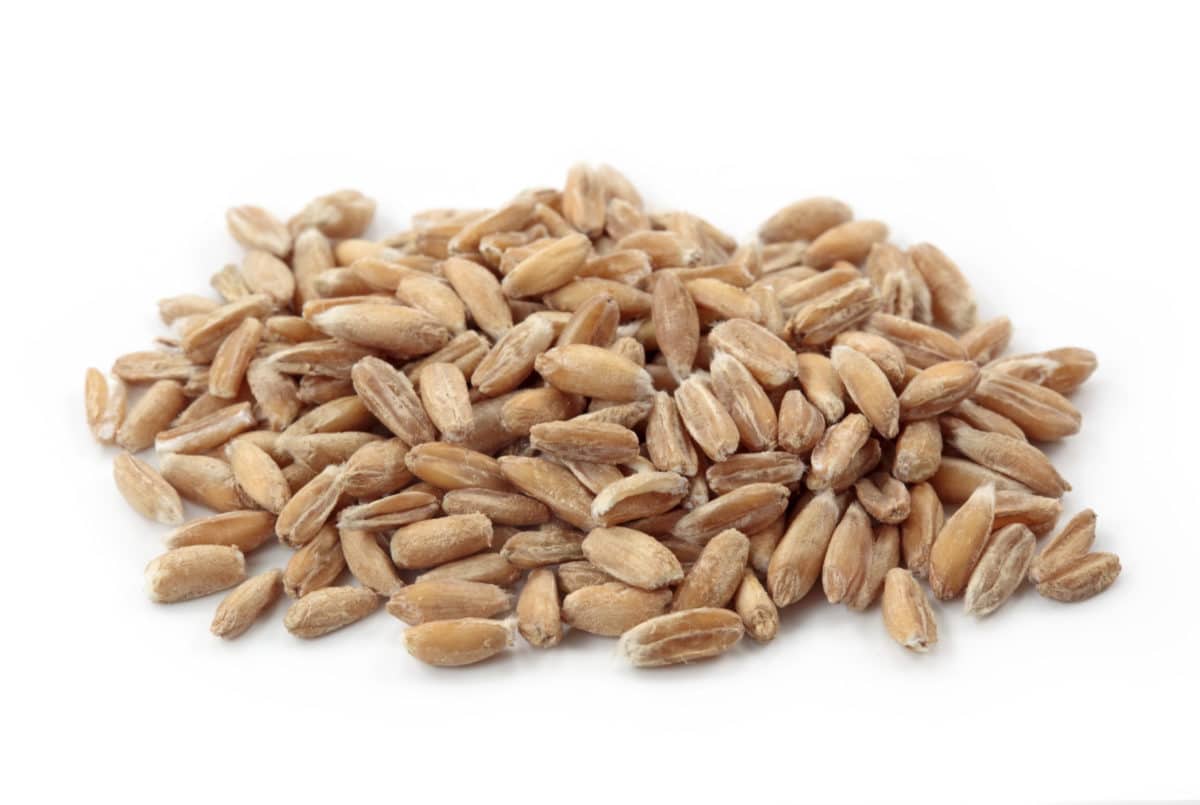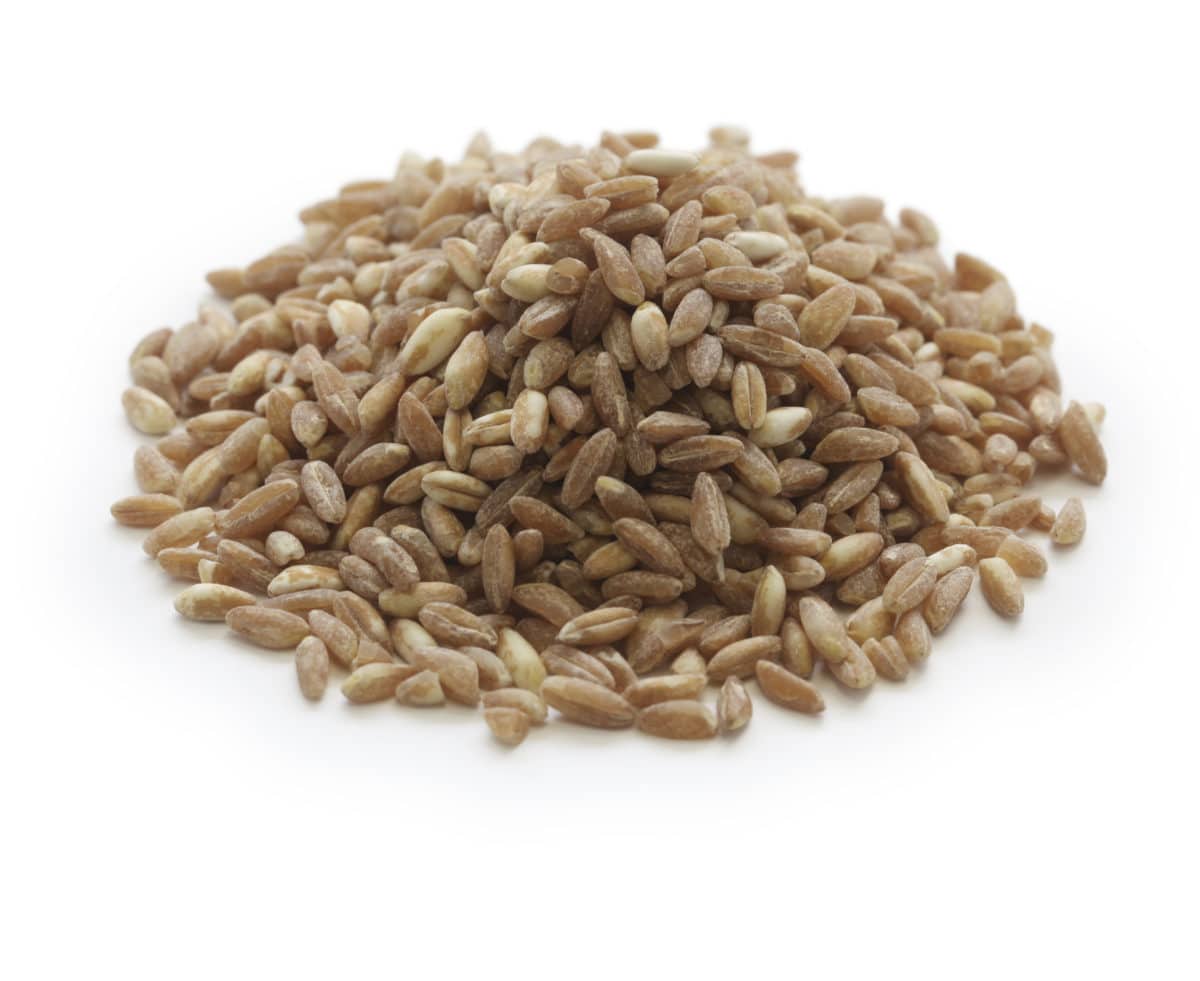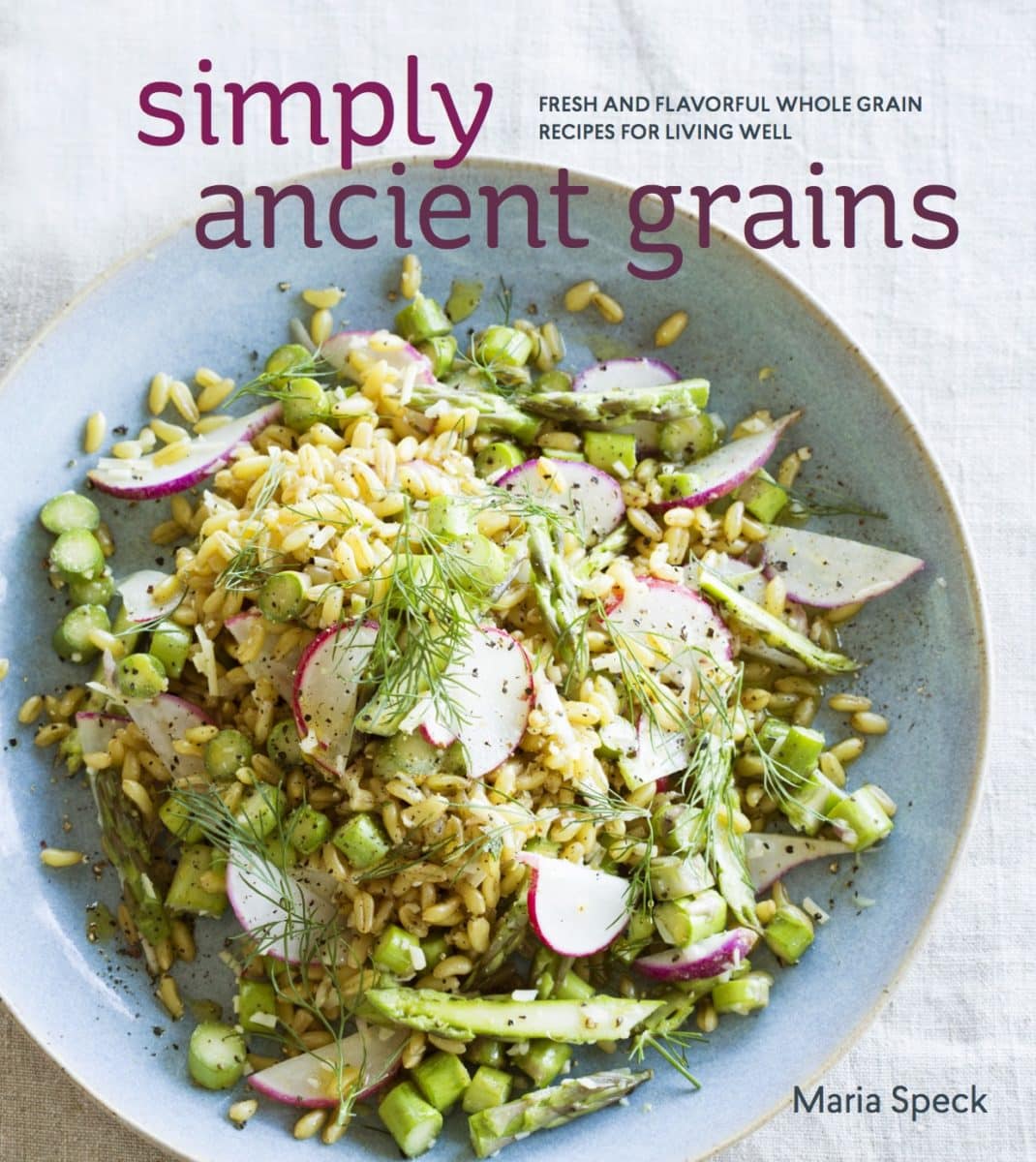The Appeal of Ancient Wheat: Why Spelt, Emmer, Einkorn, and Kamut® Return to Our Table
Have you ever tried Kamut® or einkorn wheat?
Just a few years ago this question would have elicited blank stares or perhaps a perplexed “huh?” Today, bloggers are raving about aromatic golden Kamut® flour, spelt is being used again in local bakeries, and questions about once obscure einkorn make it onto the call-in-line to America’s Test Kitchen. Last but not least, emmer wheat — better known as farro, and long a darling of restaurant chefs — has become a pantry staple in many homes thanks to our love for everything and anything Italian.
What happened?
What propelled these ancient wheat varieties, some at the edge of extinction, to the forefront of our new food obsession? Where does this interest come from — not just for once-forgotten wheat varieties but also for all ancient grains, whether quinoa, sorghum, teff, or amaranth?
For one, home cooks have become more health-aware. They are seeking delicious and nutritious alternatives to the “empty starches” in their diet that are white rice, pasta, and all-purpose flour. In addition, there has been a huge increase in coeliac disease in the past few decades — consumers who cannot eat any gluten, the proteins in wheat, rye, barley, and triticale. More and more people also report gluten sensitivities revealed by symptoms such as discomfort or bloating when they eat modern wheat. And, while scientists the world over are working hard to understand these health issues, there is some anecdotal evidence that ancient wheat varieties are easier on the digestive system.
For me, these ancient wheats are an invitation to discovery. Eating them and baking with them for many years has been nothing short of amazing: each of these wheats from the days of yore add sublime texture and astonishing new flavors to my table. I simply don’t want to miss them anymore. Not to mention their nutritional profile which is superior to modern wheat. Ancient wheat varieties typically have a higher protein content and more micronutrients. For example, einkorn is rich in the antioxidant lutein, emmer offers niacin and magnesium, and Kamut® is high in selenium.

SPELT (farro grande)
Of all the ancient wheats, spelt is probably best known. In my native Germany and in other German-speaking countries, but also in France and Spain, spelt was a staple until the early 19th century. The grain has seen a huge revival in the past decade, in Europe as well as in the United States. It is a wonderful introduction to using whole grain berries in salads and side dishes because of its mild pleasing aroma and appealing chewiness. In baking, it makes for tasty treats with a glorious mild nuttiness that’s easy to embrace. In my cookbook Simply Ancient Grains, I introduce many recipes with spelt, from a Greek sesame tahini cake and a honeyed spelt cornbread, to an artichoke and spelt salad with citrus dressing, and a giant spelt pancake with squash blossoms (for a recipe, see below).

EMMER (farro medio)
If you have had mouth-watering farro in a restaurant or at home you have tasted emmer wheat. The farro you find in Italian specialty stores and in well-stocked markets is likely imported from Italy. Italian farro is typically also semi-pearled, which means some of the outer bran has been removed; this helps the grain to cook up faster while still retaining some of the nutrients, great for busy weeknights. This semi-pearled farro cooks fast, in 20 minutes; whole grain farro takes 45 to 60 minutes and should be soaked overnight. Be sure to seek out gorgeous American-grown emmer wheat which has become available in recent years (see sources, below). I love the aroma of this ancient grain — I swear I can detect a hint of cinnamon. Its lush plumpness is beautiful in soups and salads but also in puddings and other desserts.
EINKORN (farro piccolo)
This smallest of the ancient wheats is a fascinating grain. Some call it the purest wheat because it has only two sets of chromosomes. I have fallen for these small grain berries because of their mesmerizing mouth-feel, and they might quickly become your favorite staple too. In my cookbook, I allow them to shine in an austere tomato dish as well as in a delicious simple maple pudding. Two types of einkorn are currently available on the US market. Einkorn from Italy cooks up in less time and is lighter in color than the einkorn grown in the US and Canada. Both are fascinating meal additions and worth exploring.
KAMUT®
The kernels of this gorgeous elongated ancient wheat are two to three times the size of modern wheat and have a stunning bronze color. The wheat variety is called Khorasan, named after a historical area in today’s Iran. The grain has been grown in Montana for over sixty years, and the term Kamut® is trademarked. This means that the grain has never been hybridized and has been certified organic. I recommend an overnight soak — it allows the grain to cook up more evenly and, more important, makes it less chewy and more pleasing to eat. Use Kamut® with its rich buttery aroma in salads, sides, and soups in place of wheat berries.
A story about ancient wheat also has to talk about local grains. Across the USA, from New York to Maine and Massachusetts, and from Arizona to California and Washington, farmers have started to grow grains again in states where they had long been abandoned. Outside of the Midwestern farm belt you can now find American- grown barley, emmer, einkorn, spelt, triticale, rye, and more.
Why should you seek them out?
Because just like cheese, chocolate, and wine, grains have terroir. This term refers to the flavor agricultural products get from the soil they grow in. This is the reason why you should not only sample some of these amazing ancient wheats but also try so-called ‘heirloom’ varieties. These are wheat varieties that are best suited to a certain growing region because farmers have cultivated them specifically for this area over time. Some better-known examples are Red Fife, Turkey Red, or White Sonora wheat. I have lately been smitten by a baguette made with Red Fife flour from Maine, available sometimes at our local Whole Foods market. The baguette has a deep natural sweetness, with hints of pecans and honey, which is unsurpassed.
I very much hope that you will explore ancient as well as heirloom wheats and try them in your meals and baked goods. This is the best way to secure their survival. And by buying grains locally, from farmers in your area or at farmers markets, you support the people who cultivate them and help the grains economy in this country to grow again.
Below, I’m listing some of my favorite US growers of ancient wheat varieties:
Bluebird Grain Farms in Washington State has been a darling of chefs and food professionals for years, offering exquisite organic grains, including emmer and einkorn, sold as their own “einka.” Their flour is milled fresh to order. The farm has sent me samples during recipe testing, and I found the grains and flours splendid.
Cayuga Pure Organics is well-known for its many organic grains and beans grown in New York state, including spelt and emmer.
Eli Rogosa, a pioneer in the effort to preserve ancient wheat varieties from extinction, sells einkorn and freshly milled flour grown in Massachusetts and New York state.
Lentz Spelt Farms in Washington state has pioneered the growing of ancient wheats on the US market as well. The farm sells organic emmer, spelt, and einkorn as well as Grünkern better known as freekeh. Its Grünkern is grown and smoked in Germany’s Bauland region where it is a traditional food going back centuries.
Jovial is a family-owned company that sells Italian-grown organic einkorn berries (farro piccolo).
Kamut® wheat, always organic, has become more widely available in health and natural food stores. Alternately, you can get the berries and Kamut® flour at Bob’s Red Mill, a well-regarded company which prides itself in the use of traditional stone-milling for grains. ![]()


